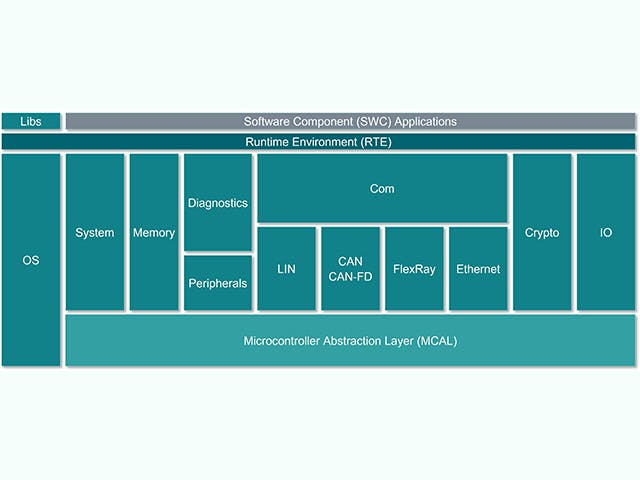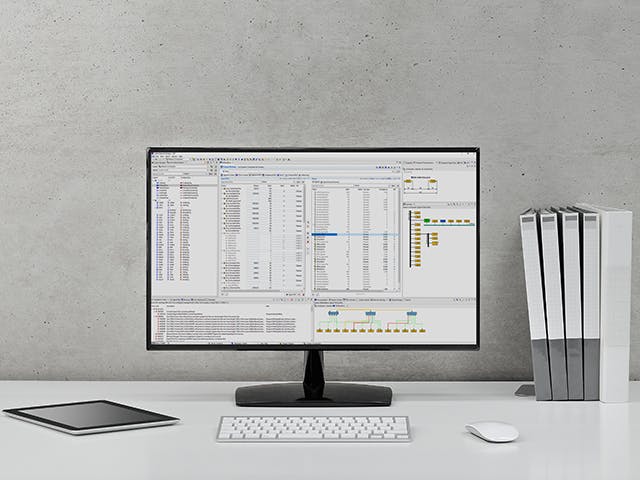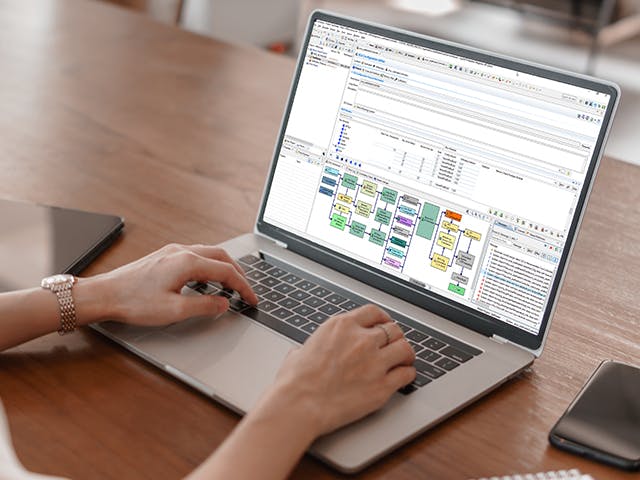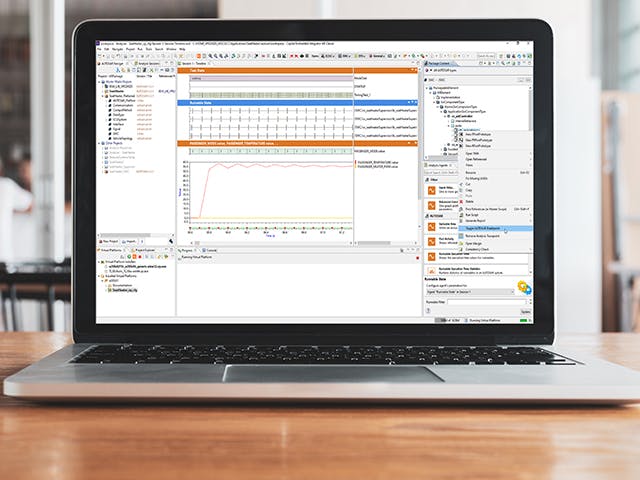Lo standard AUTOSAR (Automotive Open System Architecture) è una partnership di sviluppo di aziende e organizzazioni dei settori automobilistico, elettronico, dei semiconduttori e del software.
AUTOSAR è uno strumento?
No, AUTOSAR è uno standard che definisce un software integrato e un flusso di sviluppo che supporta le attività relative alle funzioni automobilistiche di base nel contesto dello sviluppo del sistema del veicolo. Capital ® Embedded AR Classic ™, parte del portafoglio Siemens Xcelerator, è un esempio di implementazione dello standard AUTOSAR. Si tratta di un'offerta completa con strumenti e software per soddisfare tutte le esigenze della piattaforma di unità di controllo elettronico (ECU), dagli aggiornamenti dell'estratto della centralina alla configurazione della piattaforma software.
Quali sono i vantaggi di AUTOSAR?
Dal 2003, AUTOSAR riunisce le conoscenze e le esperienze combinate della maggior parte delle principali case automobilistiche e dei fornitori. Le piattaforme middleware specificate da AUTOSAR sono supportate da flussi di lavoro e formati di file di scambio, definiti negli standard, che supportano un ecosistema aperto, disponibile da una selezione di membri. AUTOSAR supporta una serie completa di casi d'uso nel settore automobilistico. Si integra o interagisce con le tecnologie necessarie nel software ECU del veicolo e nelle architetture e/e, ad esempio SOME/IP, DDS, altri tipi di middleware utilizzati come parte di una piattaforma software eterogenea e standard come quelli di ASAM, IEEE e altri.
Piattaforma AUTOSAR Classic
Questa piattaforma software è adatta per un'ampia gamma di funzioni definite staticamente, utilizzate nelle tradizionali centraline automobilistiche con funzioni semplici o complesse. L'architettura della piattaforma AUTOSAR Classic supporta una vasta gamma di tecnologie di rete automobilistiche, CAN, LIN, FlexRay ed Ethernet e la sicurezza funzionale fino ad ASIL D. Può essere esteso per supportare la sicurezza informatica. Il codice dell'applicazione basato su OSEK, API in C, in genere C o C++, viene spesso generato da modelli di ingegneria del controllo.
Piattaforma adattiva AUTOSAR
Questa piattaforma software flessibile, che supporta funzioni e aggiornamenti di tipo applicativo, è adatta per ECU complesse e ad alta potenza di calcolo.La piattaforma adattiva AUTOSAR supporta la comunicazione e le architetture basate su IP orientate ai servizi. Ha forti capacità di sicurezza informatica e attualmente supporta la sicurezza funzionale fino ad ASIL B. Il codice dell'applicazione basato su POSIX è comunemente scritto in linguaggio C++.
Fondazione AUTOSAR
Gli elementi di AUTOSAR, che supportano sia Adaptive Platform che Classic Platform, sono specificati nello standard Foundation per garantire il mantenimento dell'interoperabilità tra le piattaforme.
I partner di AUTOSAR
Lo standard AUTOSAR è sviluppato e mantenuto dai suoi partner, tenendo conto dei casi d'uso necessari per supportare le roadmap degli utenti. I partner sono classificati in base al tipo di appartenenza. Esistono diverse categorie per diversi livelli di contribuzione, sviluppo, implementazione e utilizzo dello standard. Le categorie principali sono:
- Core partner – i membri fondatori dello standard
- Partner premium, tra cui Siemens, in genere attivamente coinvolti nello sviluppo dello standard e nel suo utilizzo
- Partner di sviluppo: sono in genere utenti dello standard e contribuiscono allo sviluppo dello standard
- Partner associati: in genere hanno un utilizzo di produzione di AUTOSAR pianificato o in atto, ma assumono un ruolo limitato nello sviluppo dello standard




